A community’s battle against plans for one of the largest substations in northern Europe is stepping up.
Residents of the Mearns are fighting SSEN’s plans for two substations at Fiddes and Tealing, which form part of a project for a new overhead line between Kintore and Tealing.
They believe the development will “ruin” the tranquility and look of the countryside – made famous by Lewis Grassic Gibbon’s Sunset Song.
Now they have banded together to fight the proposals through the Save Our Mearns group on Facebook.
A meeting will be held by the group on May 27 at Westerton Farmers and a JustGiving page has also been launched to cover costs of promoting the effort. Leaflets will also be handed out at Fettercairn Gala tomorrow.
Public unhappy with consultations
SSEN insist the proposals are necessary to enable the connection of renewable energy to fight against climate change.
The substation at Fiddes will be around 2,300ft by 2,300ft, or 120 acres, the same size as the Blackhillock substation near Keith – which was the largest substation in the UK when it was built in 2019.
As part of the planning process, SSEN has held a number of public consultations.
The company said 597 people turned up across six events.
But many residents have expressed concerns the meetings were more of a “box-ticking exercise” and claimed the very detailed plans made it look like SSEN’s decision has already been made.
SSEN talks through its plans for the east coast here:
Plans will spoil Sunset Song Country
Geophysical advisor Paul Mitchell, who has lived at his home Sunset Clouds at Little Barras with his wife Kerry since 2005, attended a consultation and was left unsatisifed.
The 57-year-old’s house is only 2,000ft away from a proposed substation. Its name was inspired by Grassic Gibbon’s novels Cloud Howe and Sunset Song.
Mr Mitchell is concerned about the impact the development will have on his home, but also the wider area – including Bloomfield Steading, Grassic Gibbon’s former home which is now run as a holiday home by Dorothy and Bill Clark.
Mr Mitchell said: “I think it is a real shame, Bloomfield has real cultural significance.
“As far as I understand it was the land in front of that house which inspired the book, and it will have to be levelled for the site.
“It will become and industrial landscape instead of a rural landscape.”
Why are the Mearns residents concerned about the substation plans?
Alongside the noise and the loss of cultural heritage, Mr Mitchell has put together a list of concerns on behalf of the Mearns residents, including:
- Loss of property value: The substations will dominate the outlook of dozens of properties and homeowners are worried their houses have just become “unsellable”. But SSEN says no compensation will be provided.
- Poor communication from SSEN: Many residents have said they have only found out through word of mouth, and councillors and MSPs were unaware of the plans when notified – despite SSEN stating they had already been informed.
- Impact on wildlife: The Mearns valley is home to endangered birds the Corn Buntin, as well as legally protected Badgers.
What does SSEN say about the Mearns substation objections?
An SSEN Transmission spokesman said: “SSEN Transmission is obligated by licence to deliver a network in the north of Scotland the enables renewable energy generation and ultimately helps the Scottish and UK Governments achieve their ambitious net zero targets.
“That includes building infrastructure like the proposed high-voltage substation in the Mearns.
“We do, however, understand and appreciate the concerns of the communities that will be impacted by the works, and we’re committed to working constructively to find a solution that works best for all stakeholders.
“The development will be undertaken with biodiversity and protection of the natural habitat as a priority – whilst also providing a significant economic boost to the area.”
All feedback on the proposals will conclude on June 9. According to SSEN proposals, the substations will be constructed by 2030.
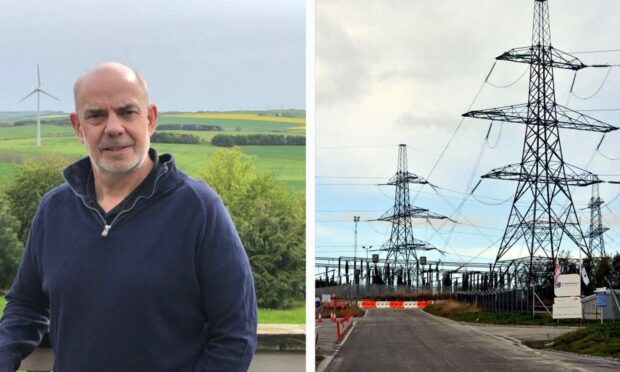
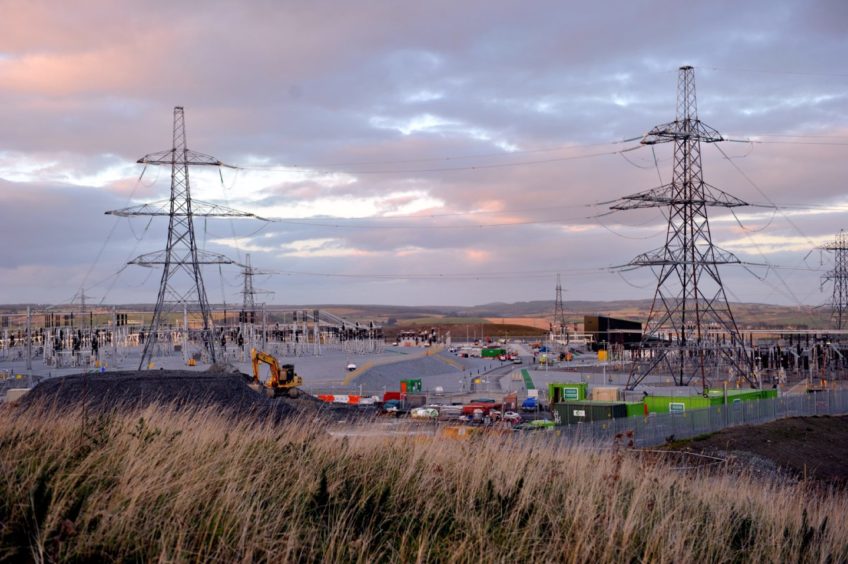
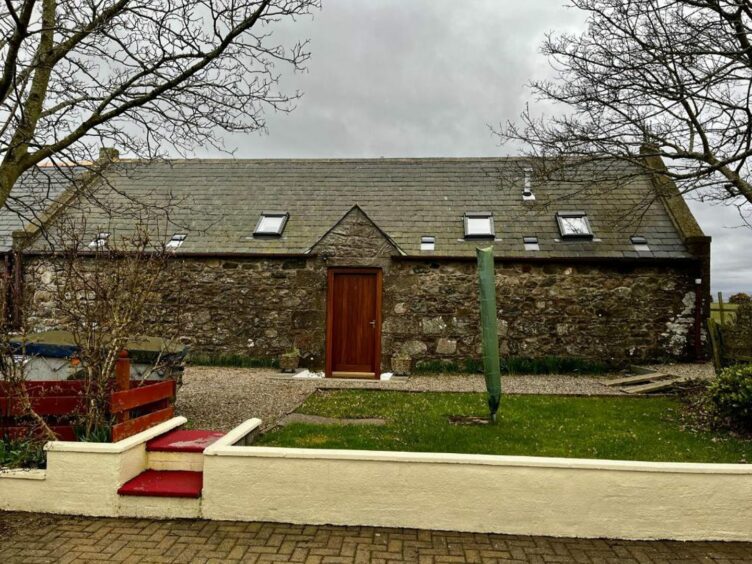
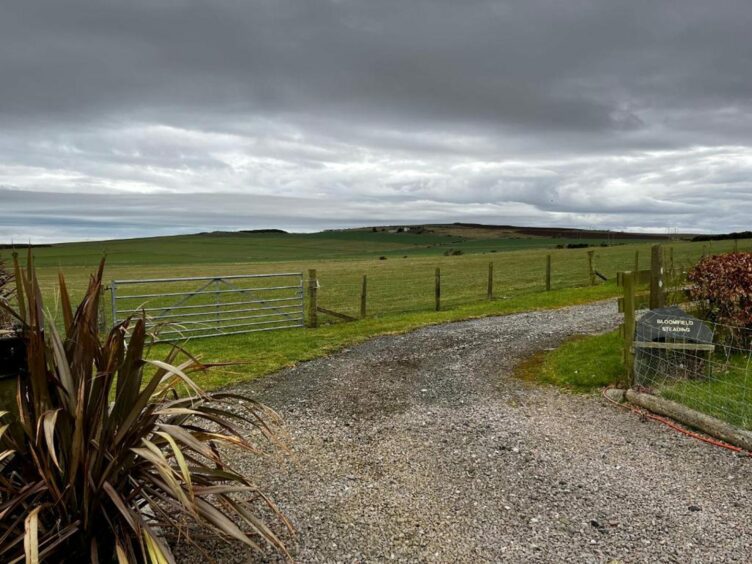
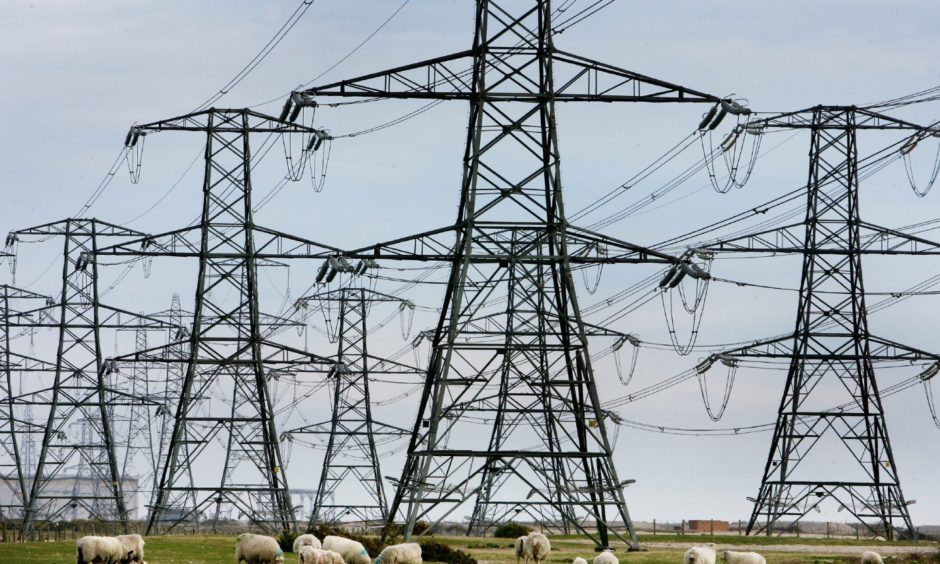
Conversation